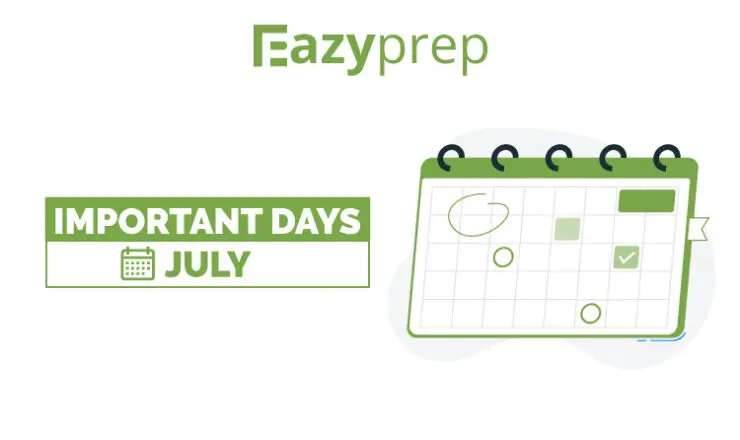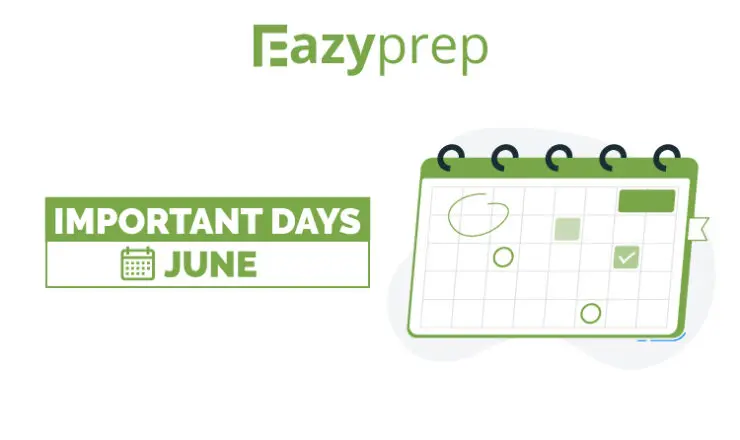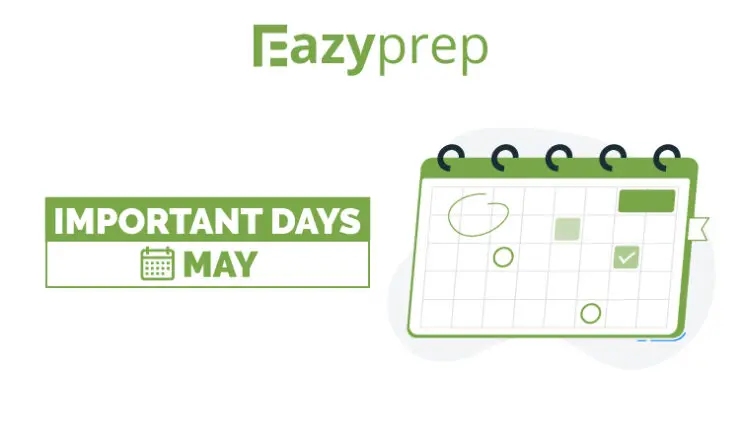![]()
 What will you learn in this article?
What will you learn in this article?
- What are inequalities?
- Relationship between different types of inequalities.
- Types of questions seen in different examinations.
 ExamConnect
ExamConnect
Questions related to inequality are an essential part of competitive examinations. Almost all the competitive examinations give much weightage and mark value to the questions from this topic. Similarly, this is one of the easiest and scoring topics from the exam point of view.
Basics of Inequality
Inequalities are the symbols used for establishing a relationship between two or more elements of an expression.
Before we start discussing the methodology for solving the questions, it is important to understand the basic symbols used in expressions of inequalities.
- A>B means A is greater than B
- A< B means A is less than B
- A=B means A is equal to B
- A≥B means A is either greater than or equal to B
- A≤B means A is either less than or equal to B
Common mistake: Among A, B and C, if A>B and A>C, then most of the students assume that A>B>C or A>C>B, which is not true as we don’t know the relationship between B and C.
Rules to Remember
- Whenever there are 2 opposite signs in the same expression that < and > or ≥ and≤, then the relationship between the elements having those signs is undetermined.
E.g.If A>B<C>D, then can we say that A>D?
Solution: No, we cannot say that A>D because of the sign in-between the 2 elements that are A and D opposite order of inequality.
The logical explanation for this rule is that A is greater than B and so is C but we since we don’t know by how much A is greater than B or by how much C is greater than B, we cannot establish a definite relationship between A and C. So we cannot say that with A>D.
- If all signs come in order then the priority will be given to < or > and then ≤ or ≥ will have the second priority and = will be given the last priority.
E.g. If A ≥ B > C = D ≥ E, then can we say that B ≥ E?
Solution: No, we cannot say that B ≥ E because as per the rule, > should be given priority over any other expression of inequality.
The logical explanation for this rule is that B is greater than C which is equal to D, so we can say that B > D, but we also know that D is either greater than or equal to E, so when D > E, then B > D > E and if D=E then, B > D = E but as we can see in both the case B will always be greater than E.
Assuming the given statement is true, find which of the following conclusions is definitely true.
For the following questions, mark your answer as given below-
Example Question:
Statement: X>Y≥Z
Conclusion: 1. Z>Y 2. Y=Z
- Only conclusion 1 follows d. neither conclusion 1 nor conclusion 2 follows
- only conclusion 2 follows e . both conclusion1 and 2 follow
- either conclusion 1 or 2 follows.
Answer: d)
Solution: From this statement X is greater than both Y and Z.
Y is greater or equal to Z
In conclusion 1. We have Z>Y which is not true because of the statement Y>Z.
In conclusion 2. We have Z=Y but we do not have definite statements justifying this conclusion. It is only a possibility, so we can declare it as absolute truth.
To read about the next topic, Coded Inequality, click here.


